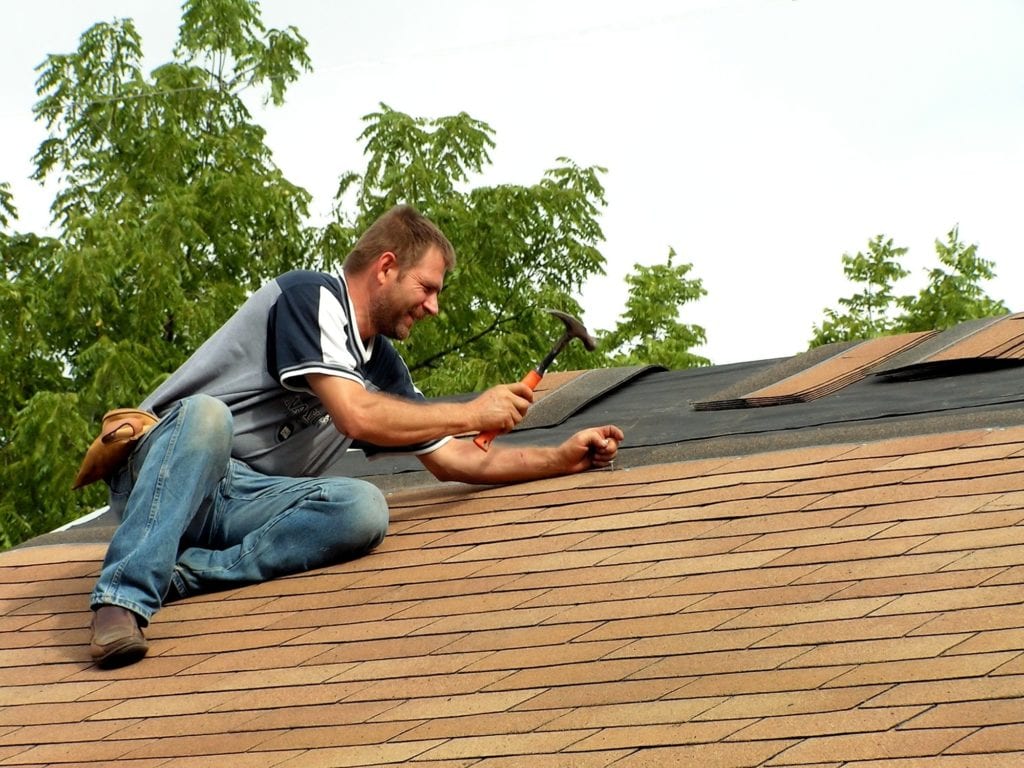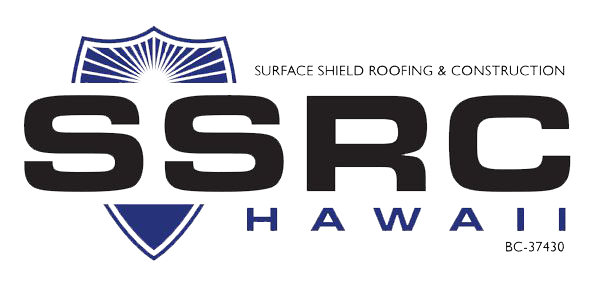Roof Repair Oahu: Expert Roof Repairs for Lasting Security
Roof Repair Oahu: Expert Roof Repairs for Lasting Security
Blog Article
Checking Out the Numerous Types of Roof Coverings: Which One Is Best for Your Home?
When taking into consideration the myriad kinds of roof coverings readily available, it is crucial to evaluate how each option straightens with your home's unique demands, consisting of environment problems, visual choices, and structural capability. From the traditional gable roofing that effectively networks rain to the modern level roof offering urban flexibility, each design provides unique advantages and challenges.
Gable Roofs
Gable roof coverings, defined by their triangular form and sloping sides, are a popular option amongst home owners looking for both aesthetic charm and functionality. This roof covering design successfully permits reliable water runoff, reducing the threat of water merging and subsequent damage. Additionally, the steep slopes create adequate attic room space, which can be used for storage space and even exchanged living areas.
Among the key benefits of saddleback roofs is their capability to stand up to extreme climate condition. The layout aids in minimizing wind resistance, making them particularly ideal for locations prone to tornados. Moreover, saddleback roofs can be created using a variety of materials, consisting of shingles, floor tiles, and metal, giving home owners with adaptability in layout and spending plan.
From an architectural viewpoint, saddleback roofs can boost the aesthetic allure of a home, supplying a ageless and classic look. They can complement different architectural styles, from conventional to modern-day designs. However, it is necessary to think about prospective drawbacks, such as the vulnerability to snow accumulation in colder environments. Generally, saddleback roofs remain a preferred choice due to their equilibrium of practicality and design, interesting a wide variety of property owners.
Flat Roofs
While often overlooked for even more traditional roof designs, level roof coverings use special benefits that satisfy certain architectural needs and modern layout choices. These roofings are characterized by their very little pitch, permitting reliable use area, specifically in city settings where maximizing square footage is important.
One substantial advantage of flat roofs is their convenience. They can be made use of as additional space, such as rooftop gardens, patio areas, or solar panel installments, improving the performance of a home. Additionally, flat roofings are typically less complicated and more secure to browse throughout upkeep, assisting in repair services and assessments without the difficulties positioned by high slopes.
Flat roofings can also be a lot more cost-efficient in regards to products and installation. With a less complex design, they usually call for fewer resources, converting right into reduced labor expenses. However, it's critical to think about water drainage and waterproofing, as flat roof coverings can be susceptible to merging water otherwise properly developed.

Hip Roof Coverings
Hip roofs stand out for their stylish style and structural integrity, making them a prominent option amongst property owners. Characterized by inclines on all four sides, hip roofing systems give a well-balanced visual that complements different architectural styles - roof repair oahu. The symmetrical nature of these roofs assists to disperse weight evenly, improving security and sturdiness
Among the essential benefits of hip roof coverings is their capacity to hold up against severe weather conditions. The sloped surfaces help with efficient water drain and snow drainage, reducing the danger of leaks and structural damage. Furthermore, the layout reduces wind resistance, making hip roof coverings much less susceptible to wind uplift compared to other weblink roofing system kinds.


Dropped Roofs
Dropped roof coverings, in contrast to the complexity of hip roofings, use a streamlined and minimal design that attract modern aesthetic appeals. Defined by a single sloping surface area, lost roof coverings are frequently utilized in modern architecture, yard sheds, and various other useful structures. This simpleness not only enhances aesthetic appeal but additionally enables effective water overflow, making them suitable for different climates.
One of the primary advantages of shed roofings is their cost-effectiveness. With fewer materials needed and a simple setup procedure, home owners can conserve both time and cash. The layout also allows the consolidation of large home windows or skylights, advertising natural light and creating roomy insides.
Nonetheless, it is important to take into consideration the possible disadvantages, including limited insulation choices and the requirement for mindful style to prevent too much warm accumulation. Additionally, lost roof coverings may not blend seamlessly with standard style, which can be a worry for some homeowners.
Eventually, shed roofs provide a functional and elegant roofing solution for those seeking modernity and efficiency. When choosing a roofing kind, evaluating individual aesthetic choices and useful needs will guide home owners to the very best selection for their distinct needs.
Mansard Roof Coverings
Mansard roofings, characterized by their distinctive four-sided layout, are a hallmark of French design that combines sophistication with capability. This architectural design includes 2 inclines on each side, with the lower slope being steeper than the top one. The special setup enables additional home in the top this link levels, making it an excellent option for house owners seeking to take full advantage of functional area without expanding the structure's footprint.
One of the significant advantages of a mansard roofing system is its flexibility. It can be adapted to different architectural styles, from traditional to contemporary, boosting the aesthetic allure of any home. In addition, the sufficient space created under the roof covering can easily suit dormer home windows, which allow for all-natural light and ventilation, additional enhancing the comfort of the living location.
Nevertheless, possible homeowners ought to take into consideration the maintenance demands related to mansard roofings. The high slopes can lead to raised wear from climate direct exposure, demanding normal maintenances. In addition, installation costs might be greater contrasted to less complex roofing styles as a result of the complexity of building and construction. Eventually, a mansard roofing can be an exceptional option for those focusing on style and area.
Final Thought
Finally, the choice of a proper roofing type pivots on private needs, climate considerations, and visual preferences. Each roof covering style presents unique benefits, such as the effectiveness of gable roofing systems, the modern-day charm of shed roofs, and the security of hip view it now roofing systems. In addition, level roofing systems use practicality for urban settings, while mansard roofings provide added space in spite of higher setup prices. Inevitably, a complete assessment of these aspects will guide house owners in making a notified choice.
From the classic gable roof that effectively networks rain to the contemporary flat roof covering offering city flexibility, each style presents distinct advantages and difficulties (roof repair oahu). Furthermore, the layout lessens wind resistance, making hip roofing systems much less vulnerable to wind uplift compared to other roof kinds
Lost roofings, in comparison to the intricacy of hip roofs, offer a structured and minimal style that appeals to modern-day appearances. Each roofing style offers unique advantages, such as the performance of gable roofs, the contemporary charm of shed roofing systems, and the stability of hip roof coverings. Flat roofs offer functionality for urban settings, while mansard roofing systems supply extra living room in spite of higher installation costs.
Report this page